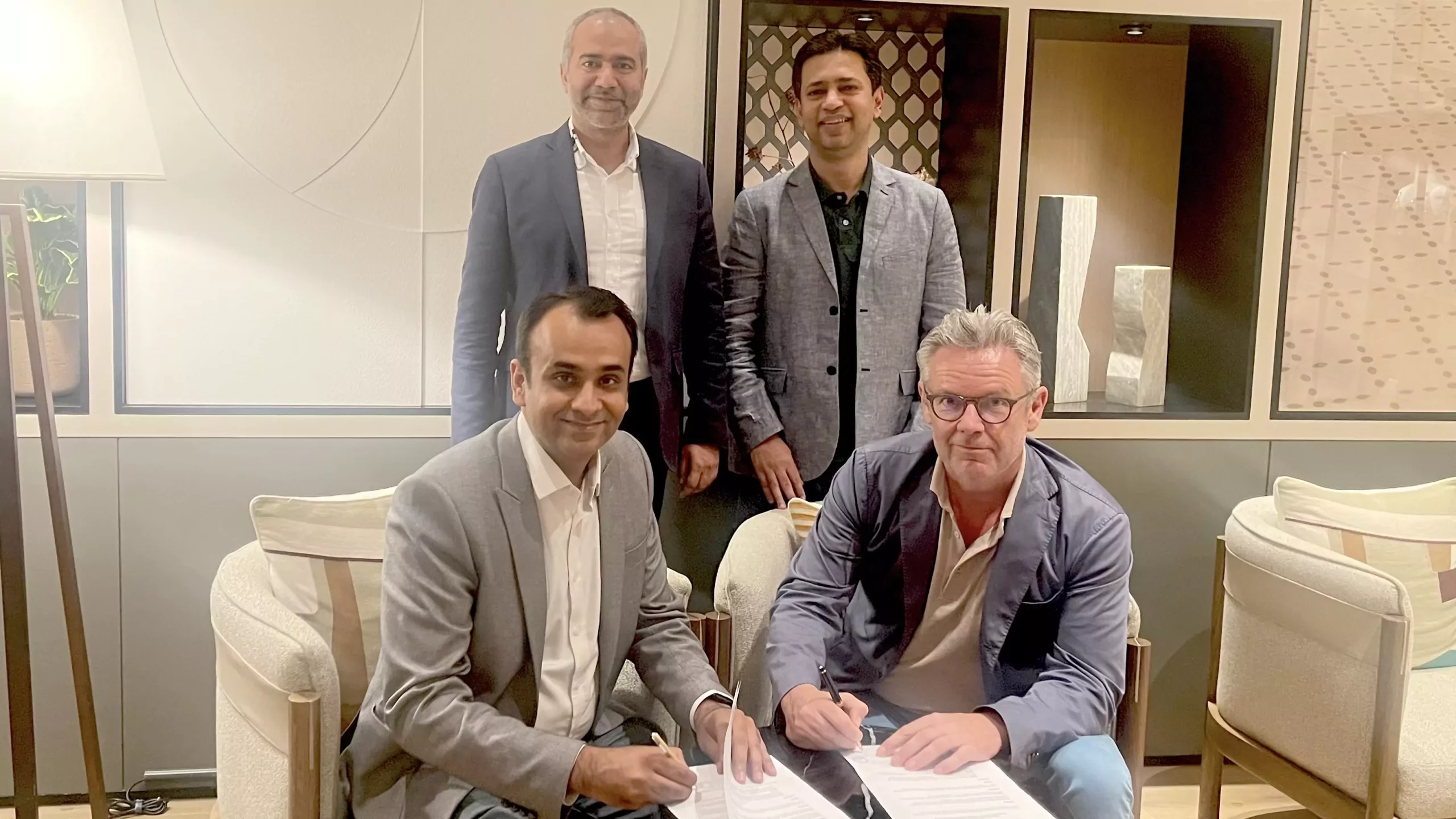
We are all neighbours
I sat cross-legged on the carpeted floor of my host’s kitschy-but-lovingly decorated lounge room, waiting to be served breakfast in front of a blaring television set. It was my third day in Tajikistan, a small, beautiful country high in the mountains of central Asia, hemmed in by deserts on the east and west, and Afghanistan and even more mountains to the south and north.
I had travelled there as part of my backpacking journey along the Silk Road, the famed network of towns and waypoints which once connected China to Turkey, Asia to Europe. Telling my friends and family that I was off to Tajikistan had raised some eyebrows, but there I was, having the time of my life, off the beaten track in the high Pamir range.
My host, an older gentleman who welcomed travellers to Murghab, had gone to work for the day. His wife, a kind middle-aged lady who spoke broken English, swept into the room with a large pot of green tea and her two children who were in various stages of getting ready for the school day. She poured out the tea and the children took up their place in front of the Tajik-dubbed foreign cartoons, eating their fill.
My attention was suddenly caught by a TV advertisement for a bottled cold drink, being promoted by an Australian actor. “Oh! I know him! What’s he doing here?” I asked, half joking, and regretting that I barely spoke a word of the local tongue. “He’s a famous actor…” was the reply, which triggered a conversation about Australian actors, Tajik television and foreign advertisements. “We are all neighbours!” chortled my host, before trundling back to the kitchen.
I recently thought about that moment while in a business meeting with some of my colleagues from Portugal, Brazil, Pakistan, Spain and India. It seems like a cliche nowadays to say we live in an interconnected world, or that the world is a global village, but let’s think about what that actually means. A village is a place where humans gather to share skills – collaboration and enterprise, providing services for others, building on each others’ work, is what makes settlement different from subsistence living or farming.
In that meeting, two of my closest colleagues were discussing a project that they were working on together. What they had created was an engaging project which would enhance the recruitment processes of the company – mundane, perhaps, except for the fact that one of my colleagues was sitting just metres away from me in Pakistan, while the other was across the border in India. Such was their synergy that it was completely imperceptible that they had never met face to face, much less that we might expect them to be more divided by geopolitics. The presentation was in English, but they no doubt had also used Hindi and Urdu in their discussions together, two languages which are mutually intelligible but use totally different alphabets, separated here by just 30 kilometres and a national border. Just like when you might need a bit of help, when we run out of butter or sugar in the kitchen, or perhaps when we need a last minute babysitter for our kids, they called on their neighbour.
The term “global village” sounds a bit hackneyed, associated with the excitement of the buzzword “globalisation” from the early 2000s. Instead, “we are all neighbours” seems truer. My host in Tajikistan perhaps didn’t realise the significance of her words to me as I travelled along the Silk Road, the network of trading cities and caravan routes which once transported goods, ideas, technology, religion, language and culture between China, India, Afghanistan, Central Asia, the Middle East and Europe, the original globalisation. One millennium ago it was just called “trade”. Twenty years ago it was “the global village”. And today, in our work and in our world, more than ever before, “we are all neighbours.”
-Tim Blight, Cultural Ambassador at S4Digital.




